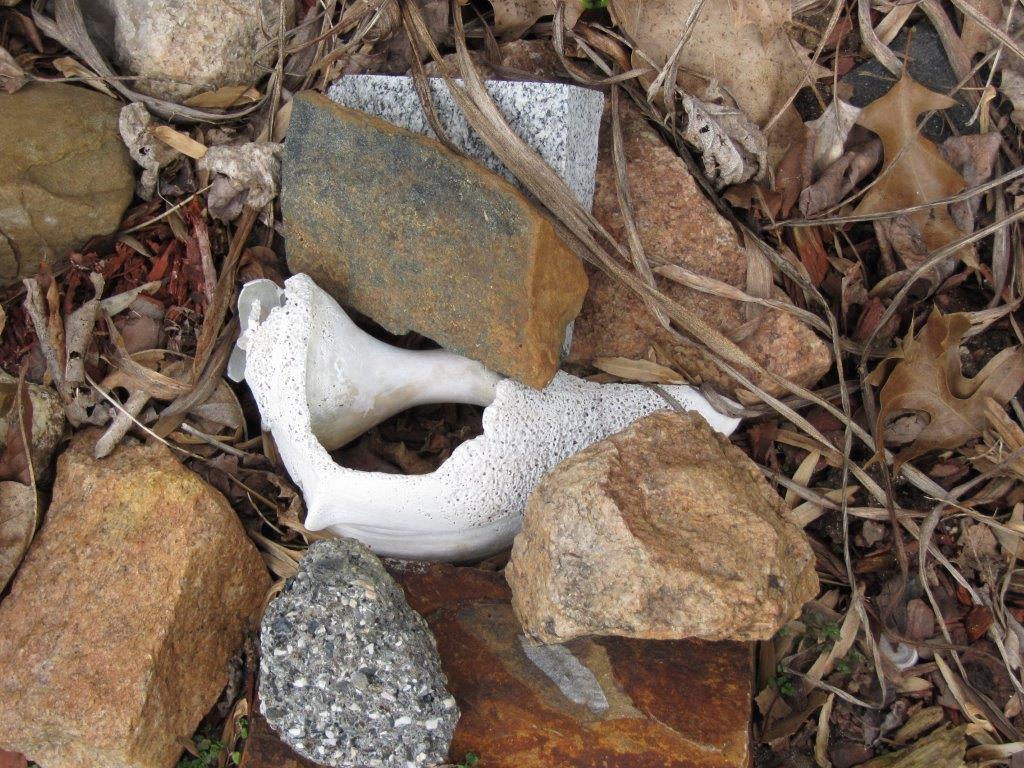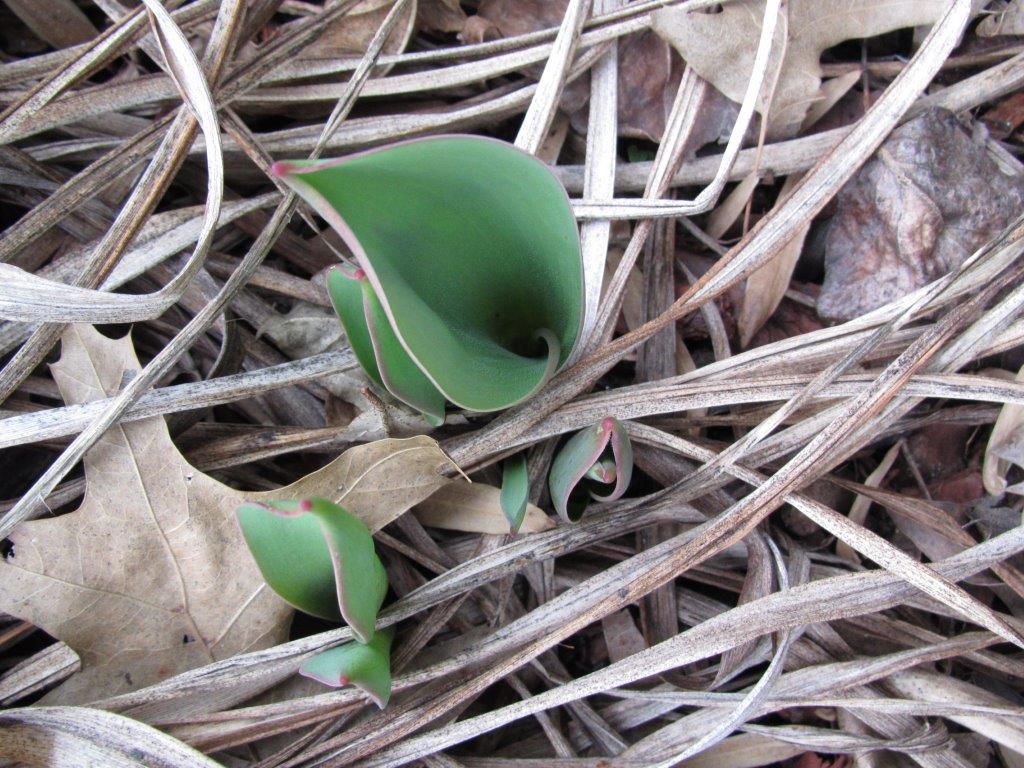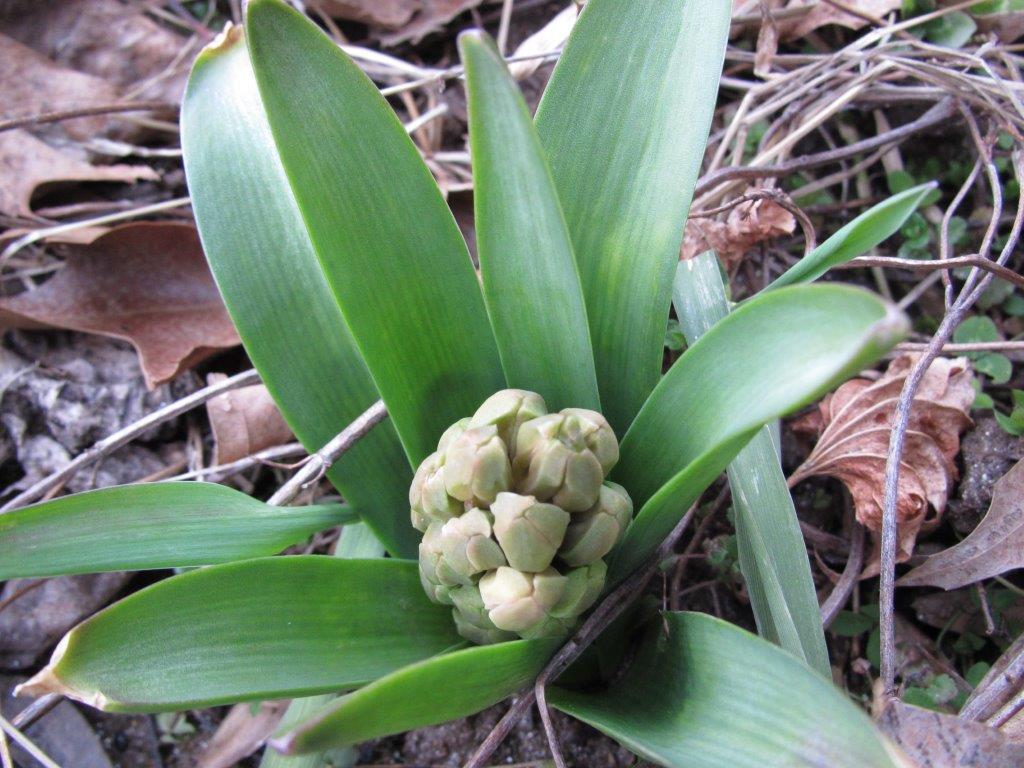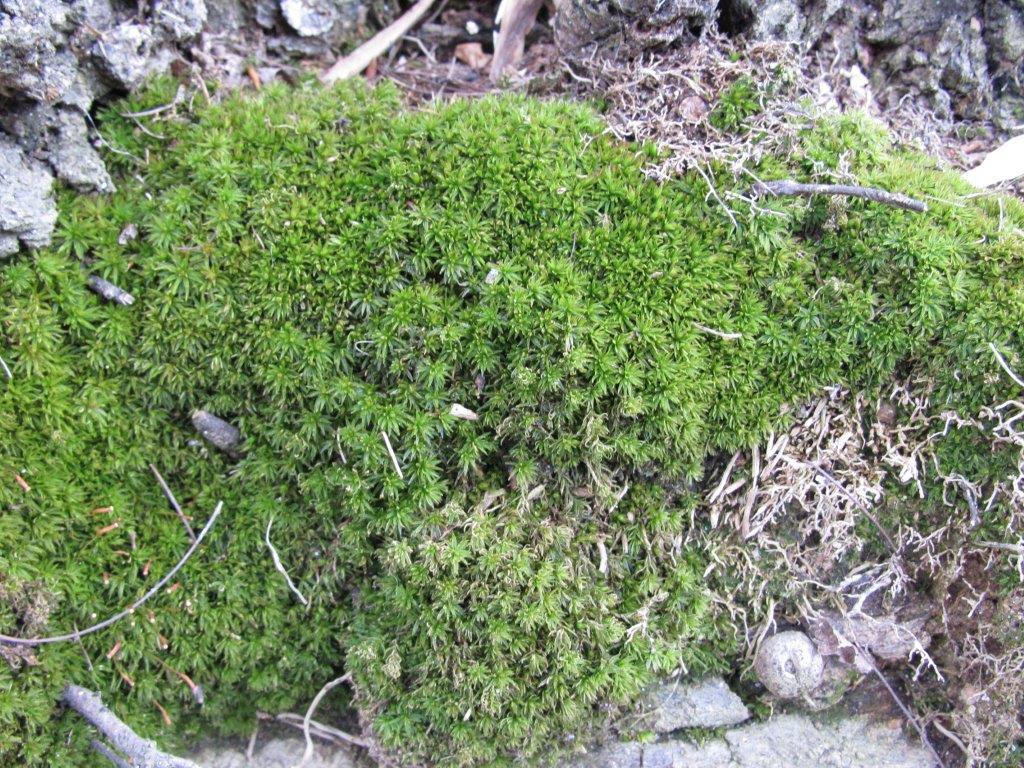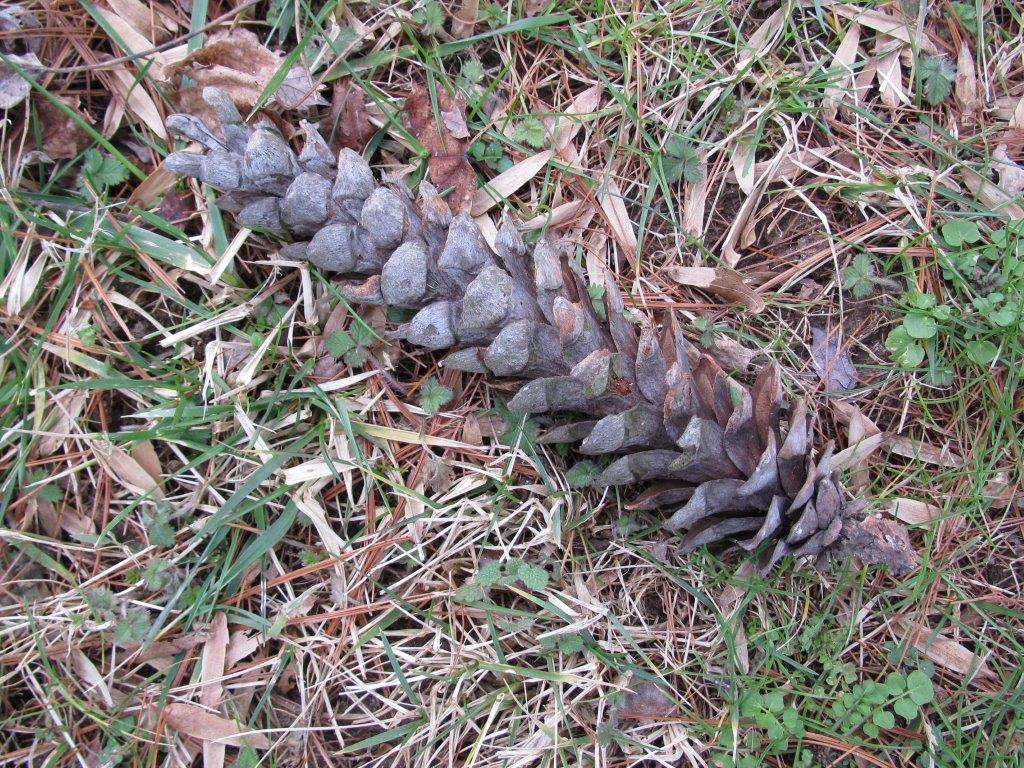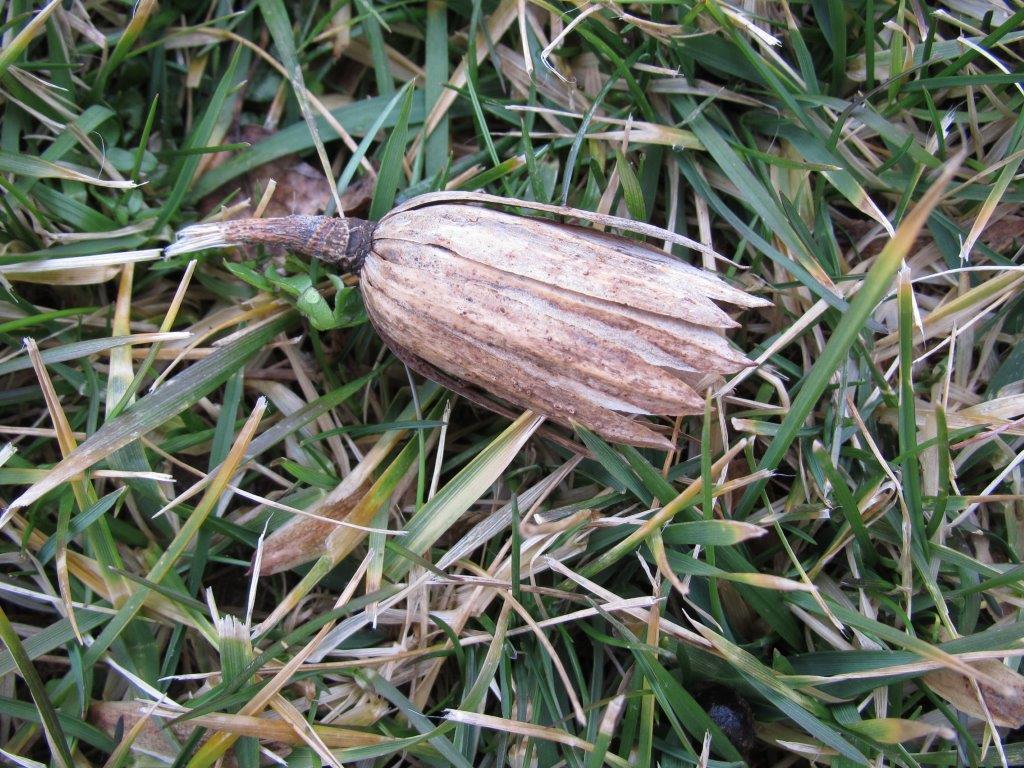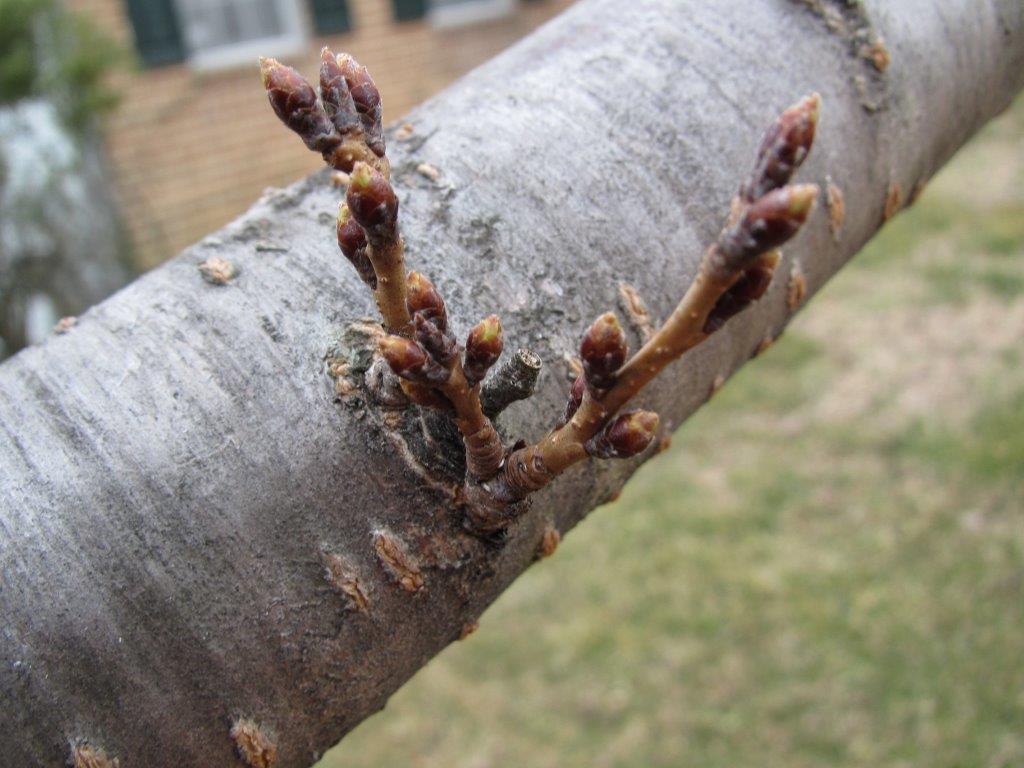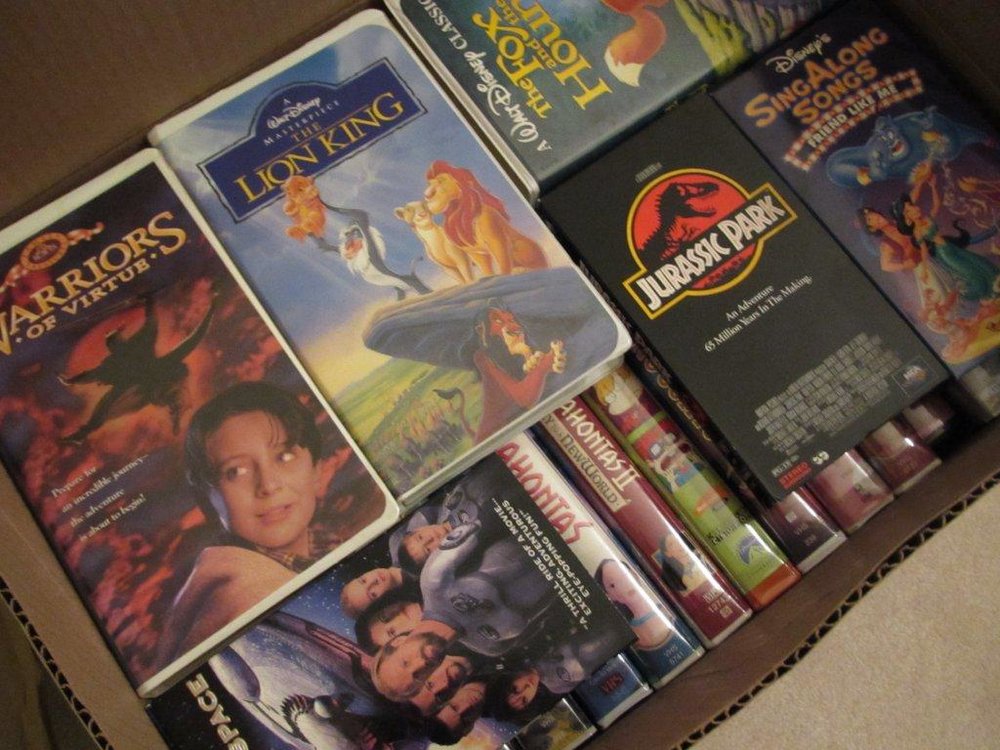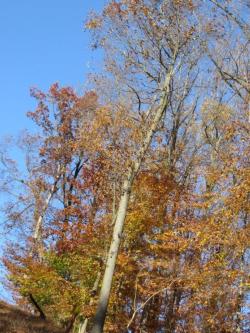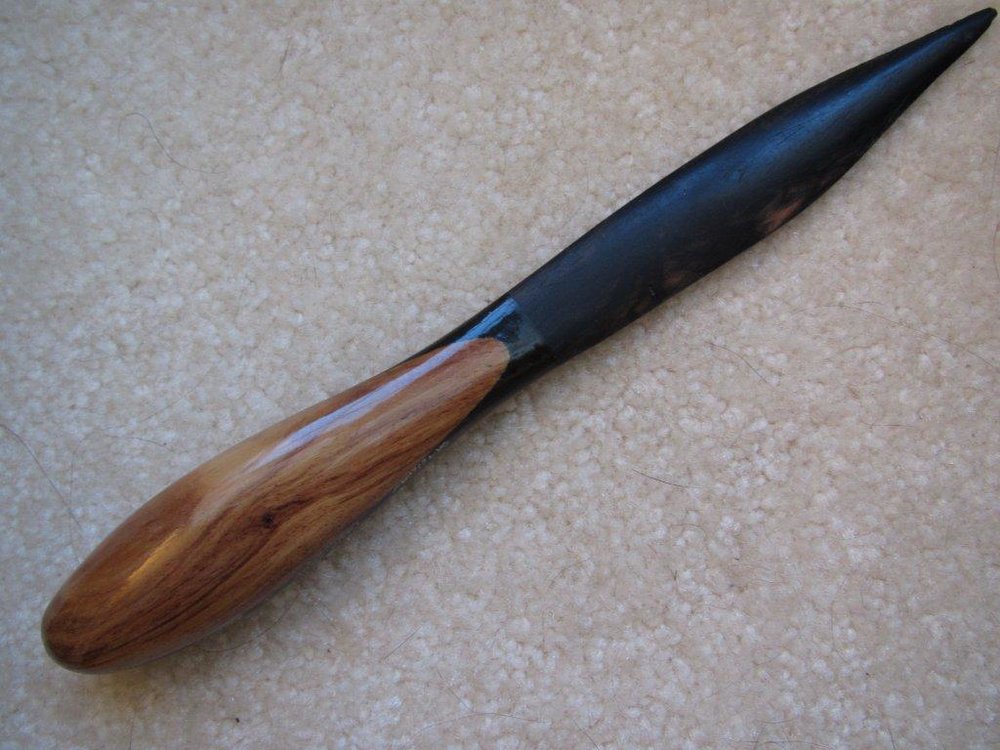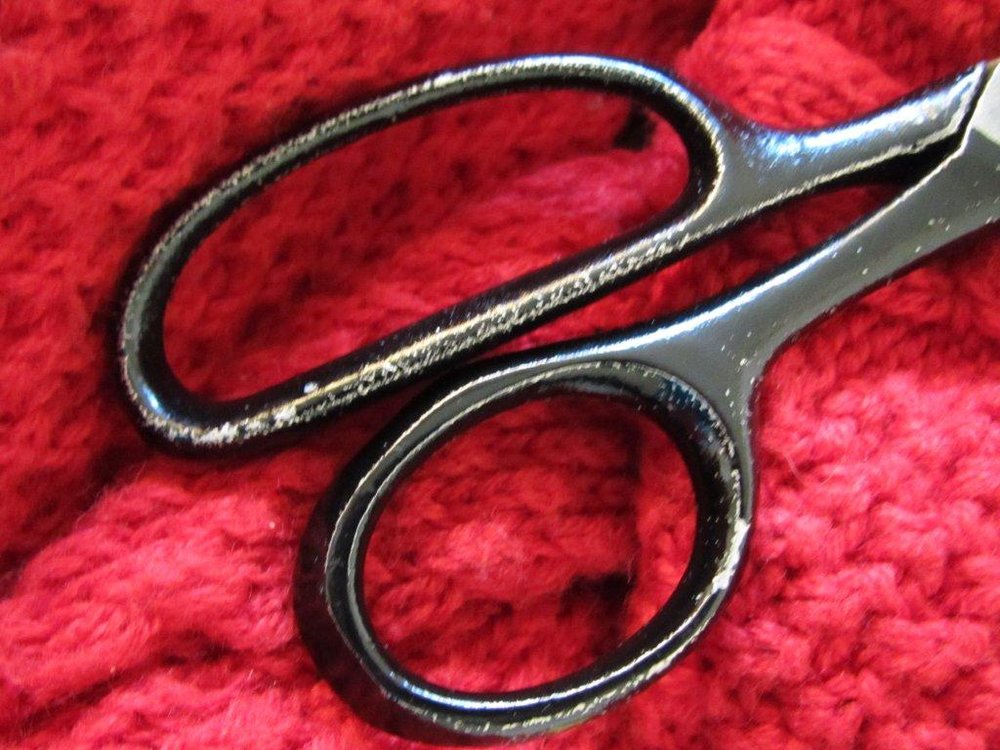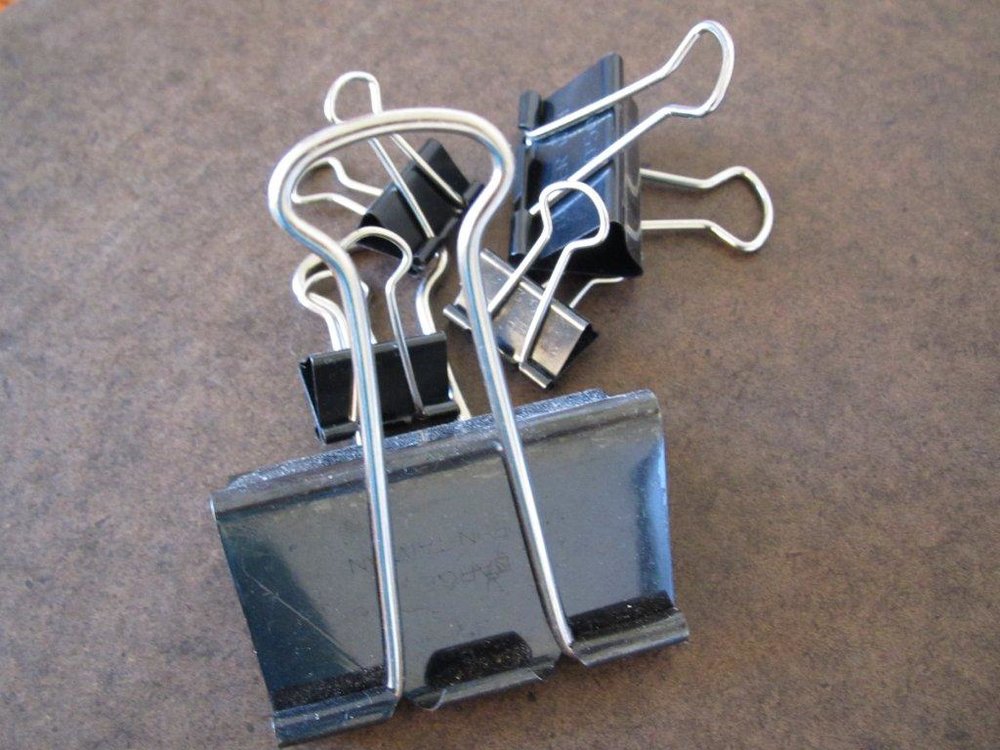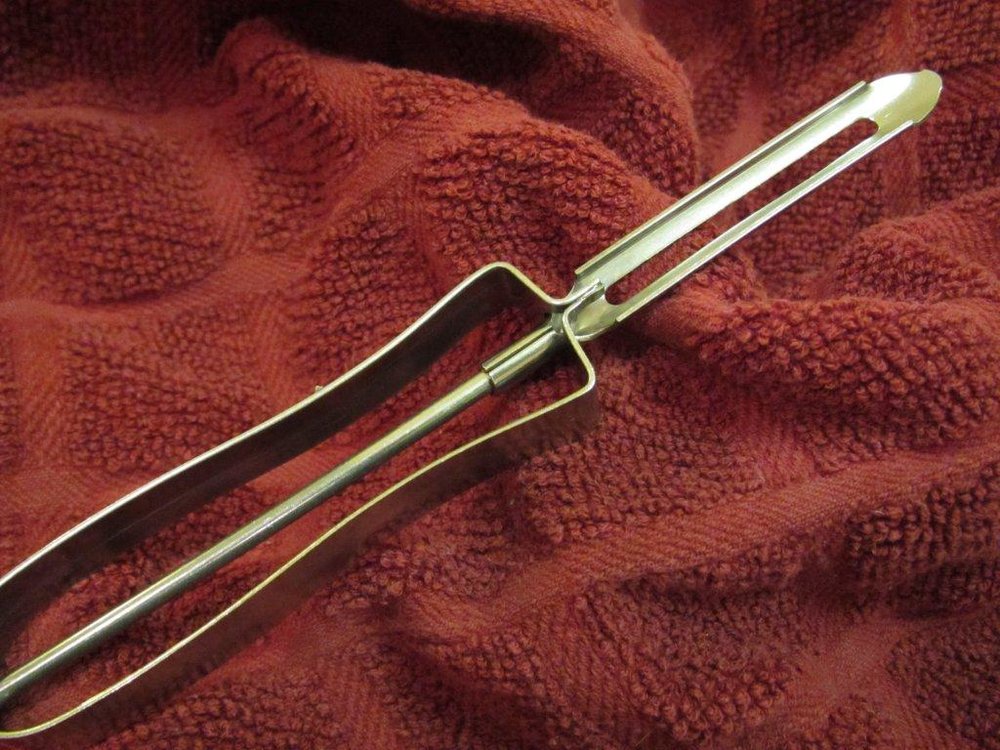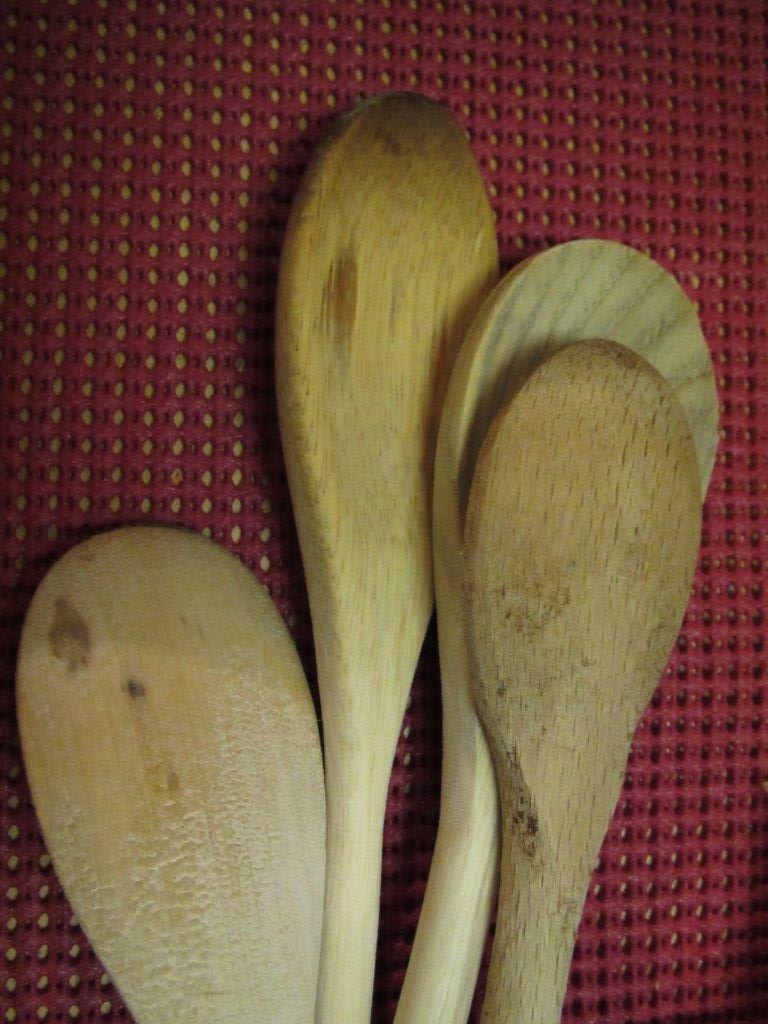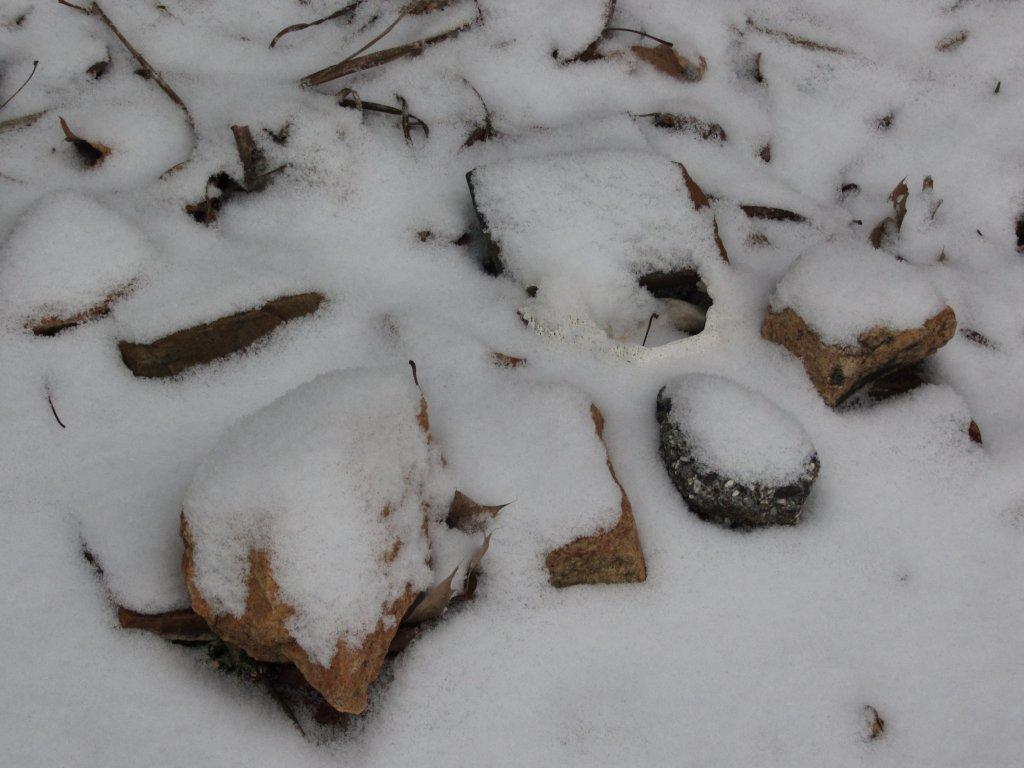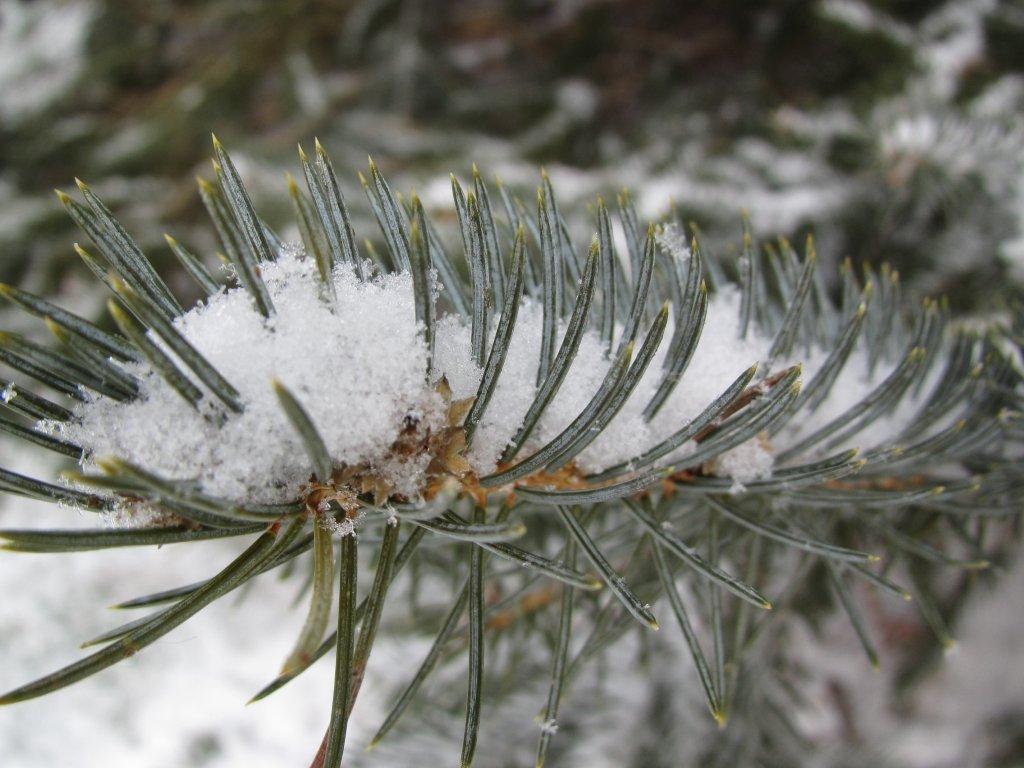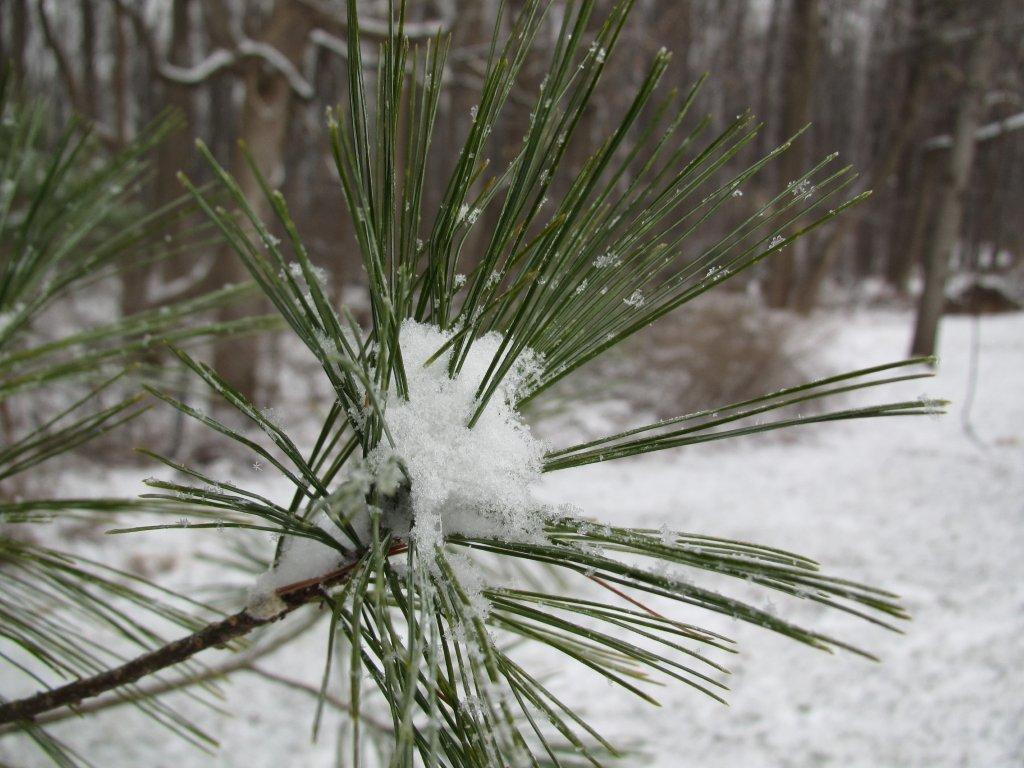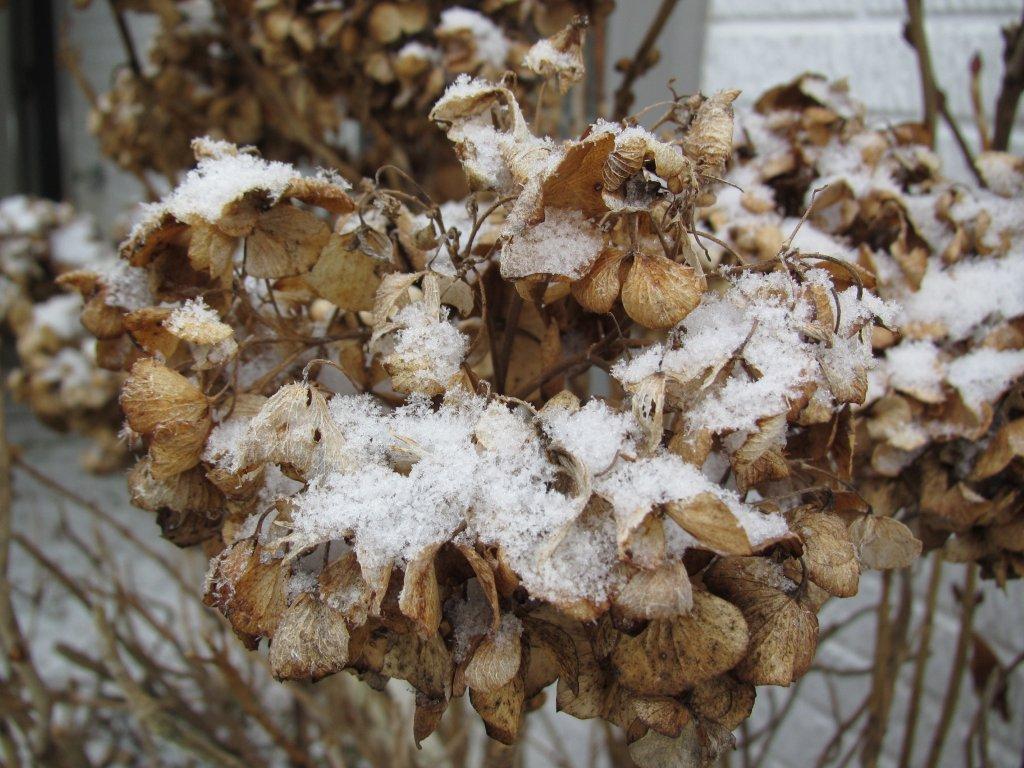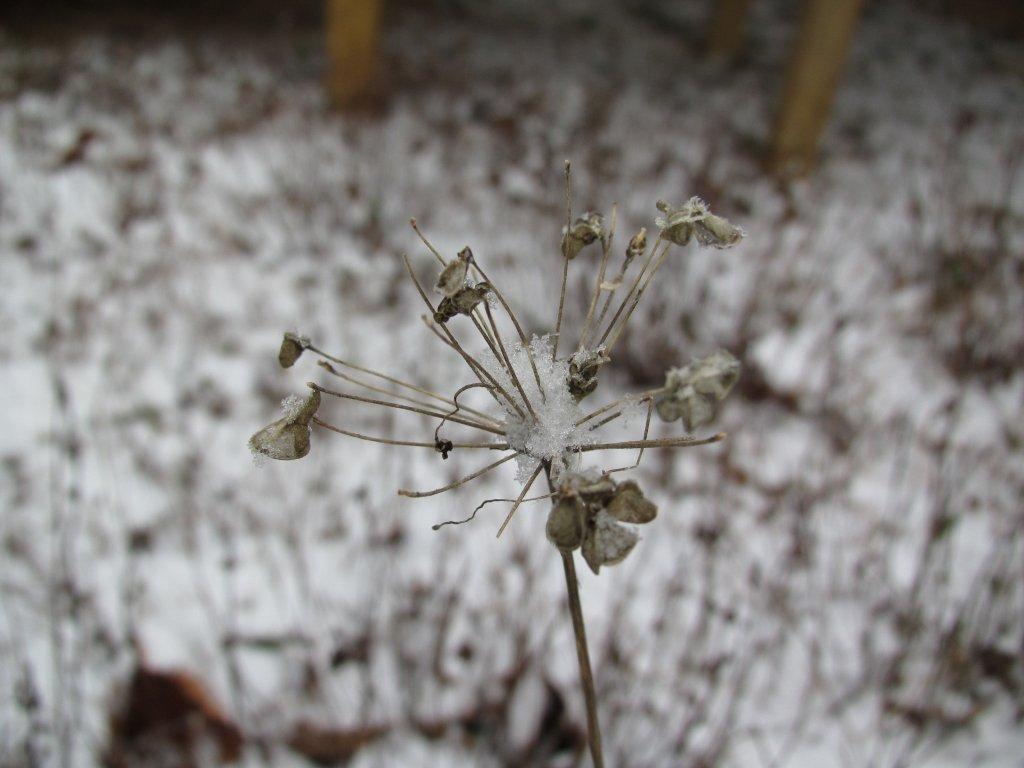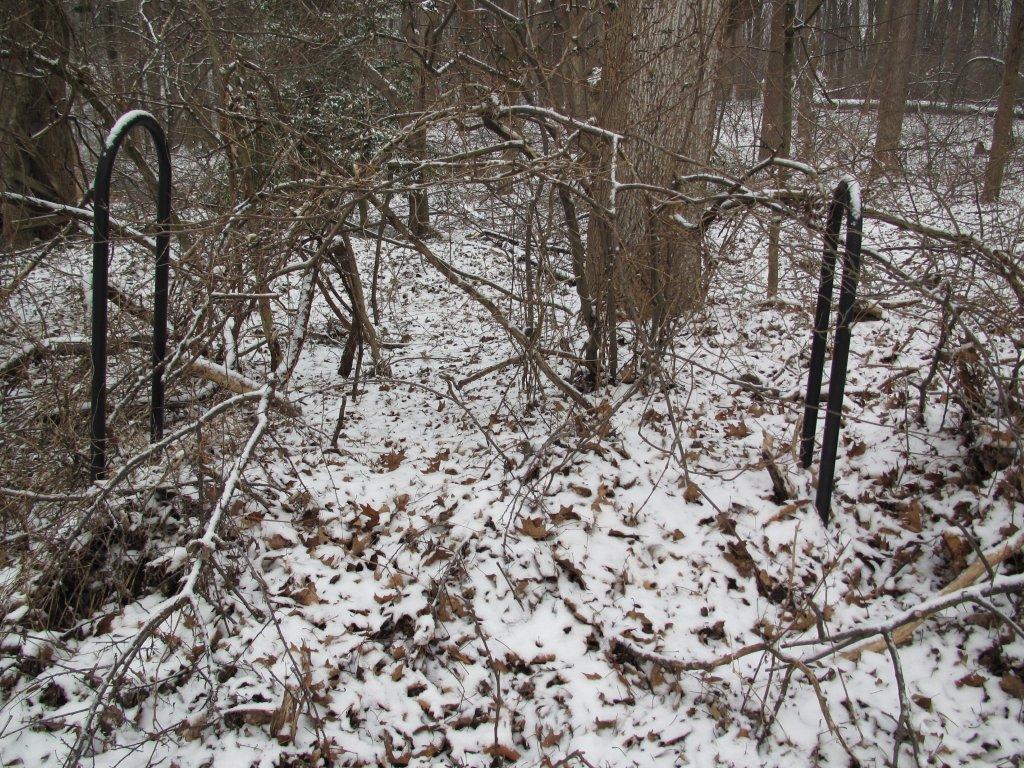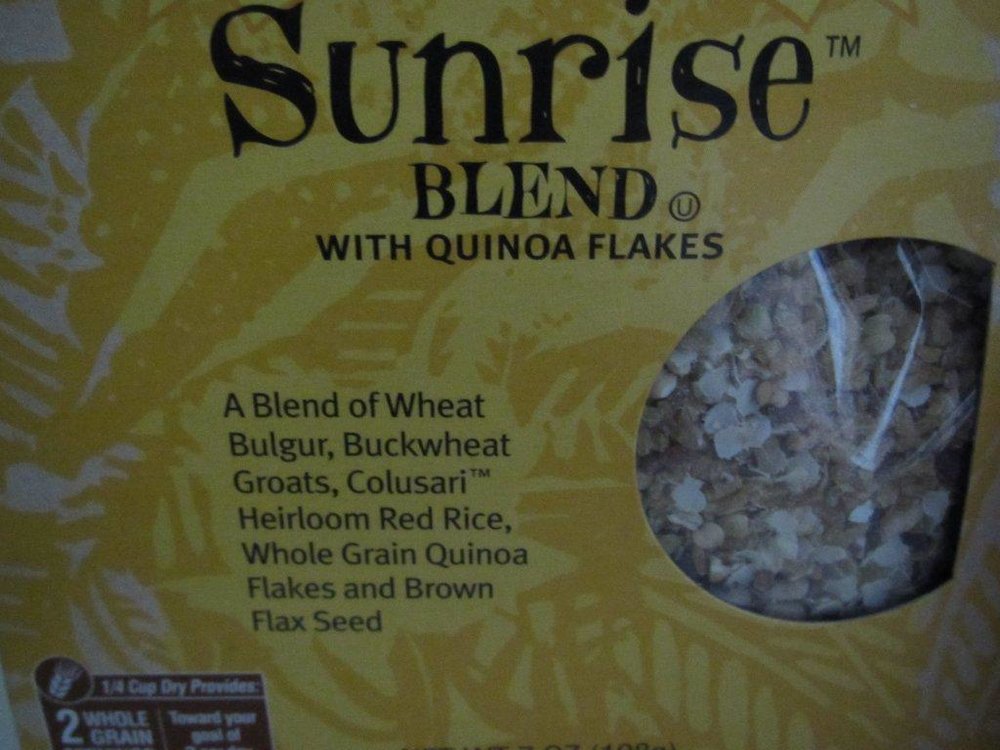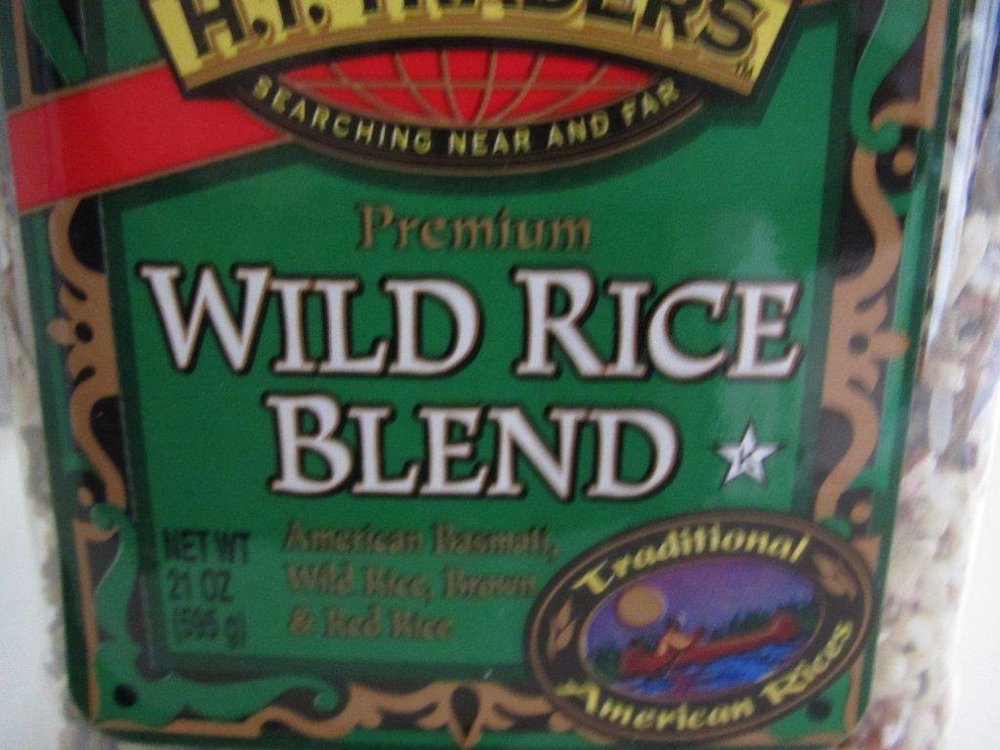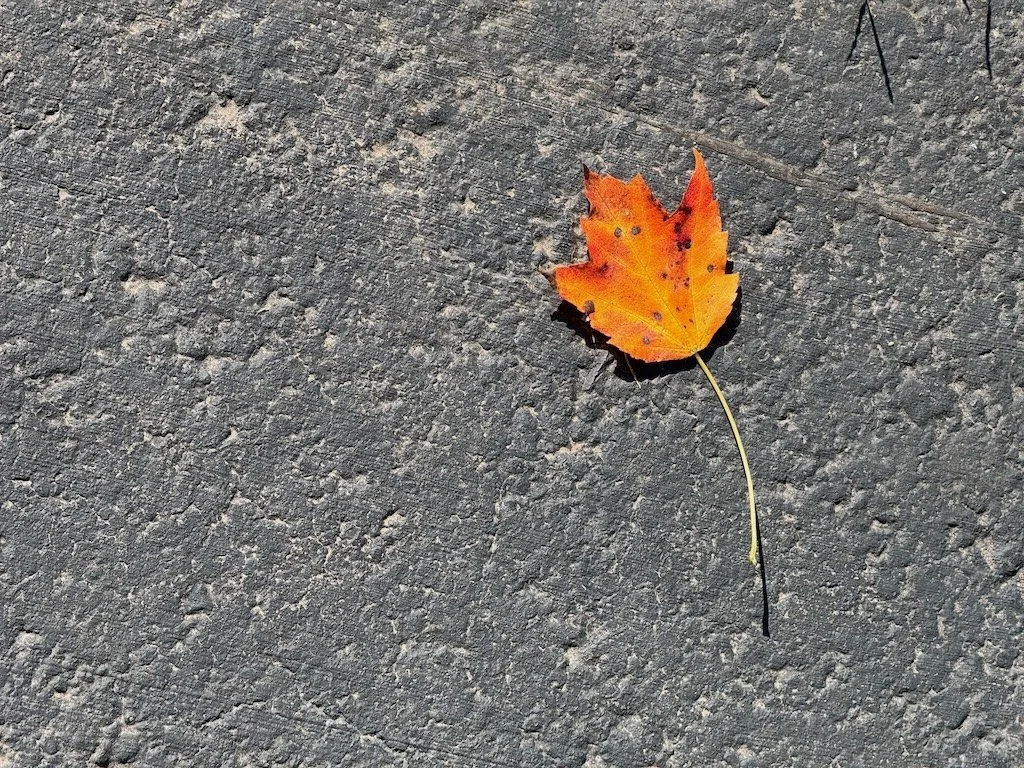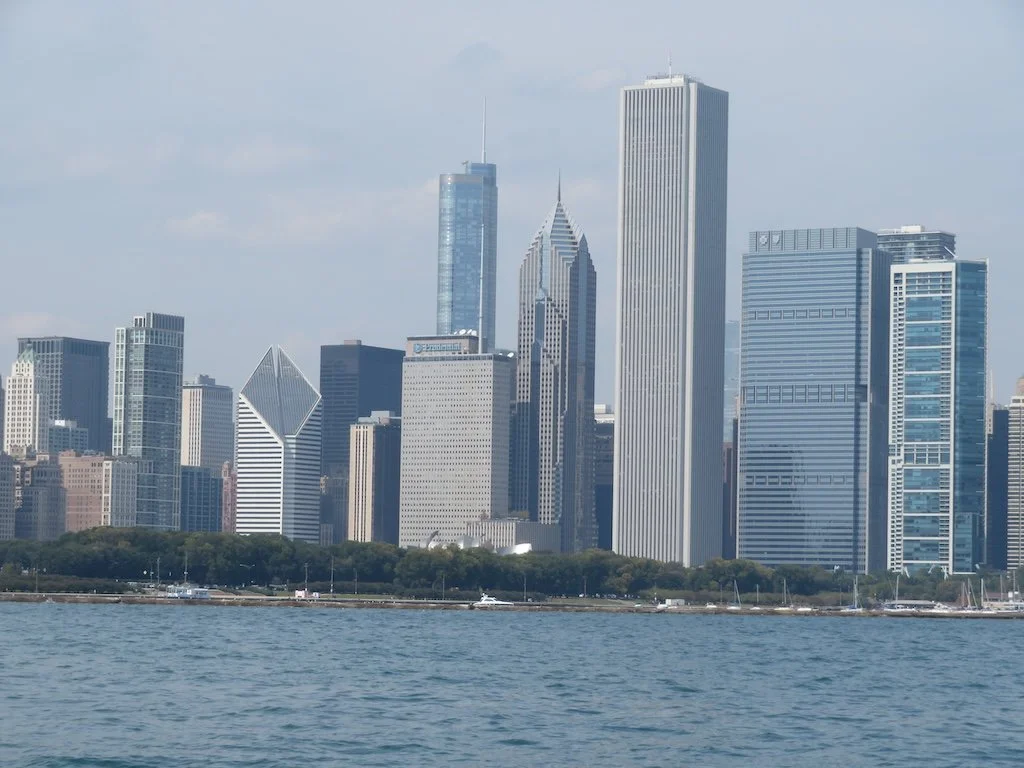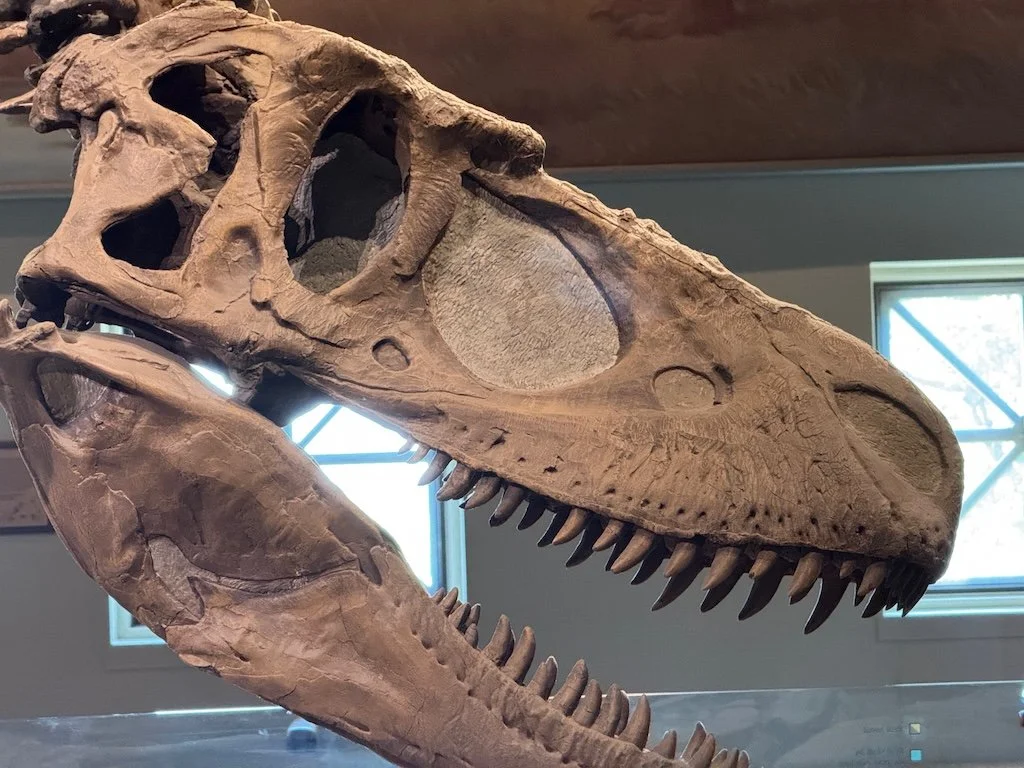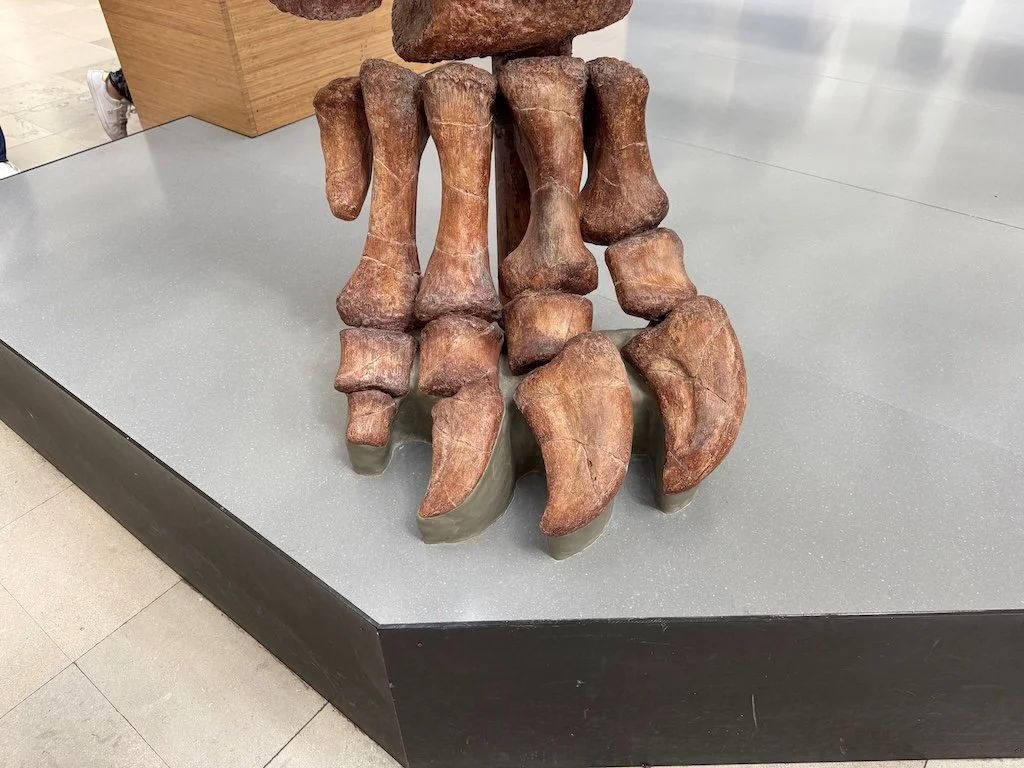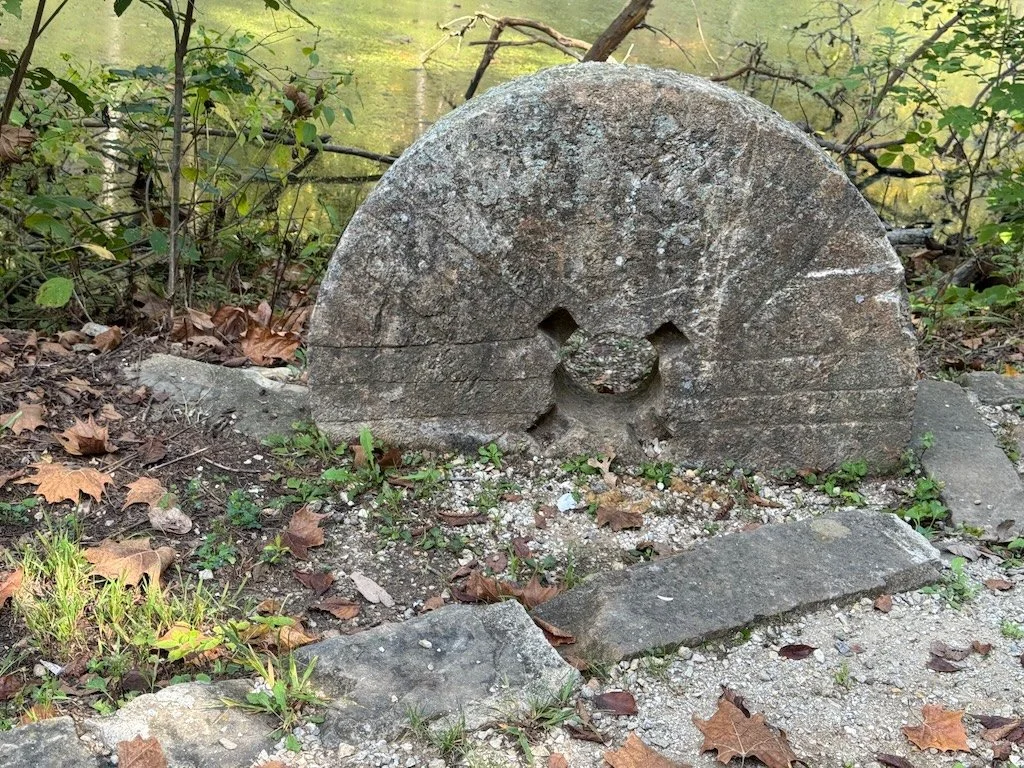Back in August 2012, I posted about finding something to celebrate each day. It’s an easy thing for me to do and the habit of writing it down reminds me to be grateful for these and a myriad of other things in my life. Here are some ‘little celebrations’ I’ve noted this month:
A day at home. Even though I am not away from home as much as I was at the height of my career, there are still times that I welcome just being at home for a whole day. It is probably my favorite place to be.
A winter’s day at Brookside Gardens. The conservatories were pleasantly warm. And the brisk walk to look for signs of spring afterward was rewarded with sights of daffodils and witch hazel.
Up-to-date on course work. I got overwhelmed for a few days with the Aboriginal Worldviews and Education course (Coursera) and celebrated when I was finally able to catch up.
Snow day. We got enough snow to make snow ice cream! It ended up being more like a smoothie because the snow was so heavy (i.e. not the light fluffy stuff).
 Great Horned Owl. I’d seen pictures and read about them but had never seen one in action until seeing the raptor presentation at the Arizona-Sonora Desert Museum. The owl was well trained to swoop down for bits of food within easy viewing range of the crowd….until it spotted a bunny nearby and disappeared into the cactus and brush to enjoy its lunch.
Great Horned Owl. I’d seen pictures and read about them but had never seen one in action until seeing the raptor presentation at the Arizona-Sonora Desert Museum. The owl was well trained to swoop down for bits of food within easy viewing range of the crowd….until it spotted a bunny nearby and disappeared into the cactus and brush to enjoy its lunch.
Kratchner Caverns State Park. Kudos to the people who found it and owned the property for protecting it until the state and researchers could sustain it. This is the place to celebrate the beauty of caverns.
Airport art. Airports are often stressful places - lots of security and lines and hurry/wait flurry. Noticing the artwork helps. Mosaics…painting on glass….tiles…etchings…lights. They bring back the notion that airplane travel can be enjoyable.
Home again. After being away for a week, coming home is always a little celebration.
A clean house. My house is always reasonably clean but gets even more so when I am expecting guests. It’s worth a celebration after the work!
A warm day. Typical of spring, there was one warm day sandwiched with cold ones. It was nice to feel the warmth.
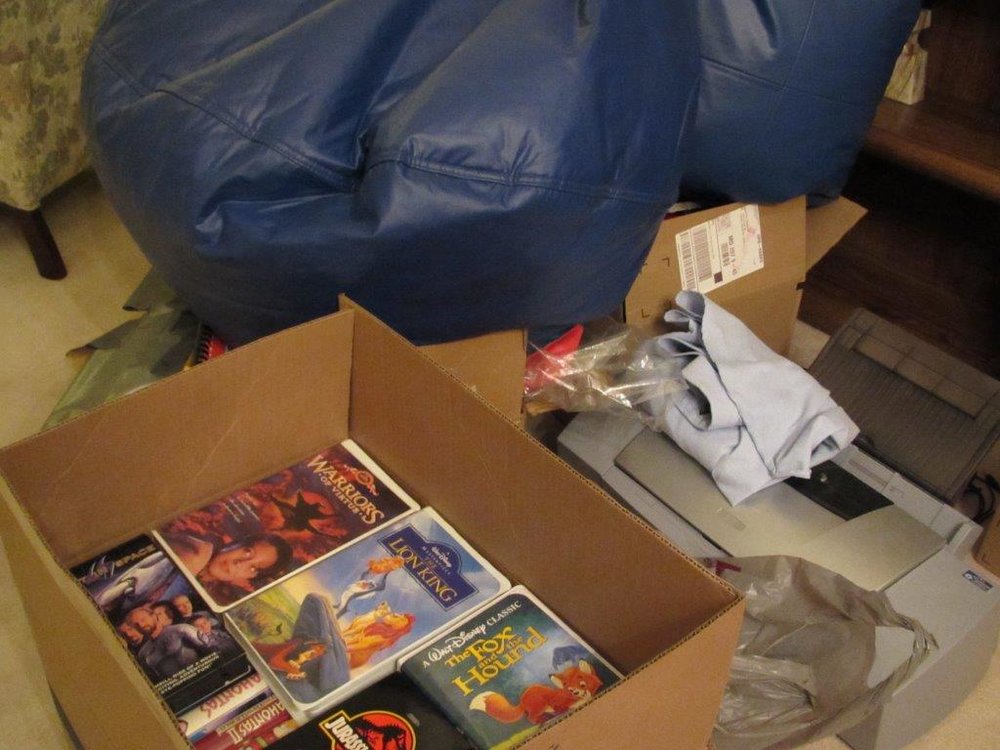 One of my goals in 2013 is to develop more discipline when it comes to ‘stuff’. I am posting monthly document my progress on this year long project. It is not quite the forcing function that moving would provide but (hopefully) will be enough of a reminder to keep focused.
One of my goals in 2013 is to develop more discipline when it comes to ‘stuff’. I am posting monthly document my progress on this year long project. It is not quite the forcing function that moving would provide but (hopefully) will be enough of a reminder to keep focused.






